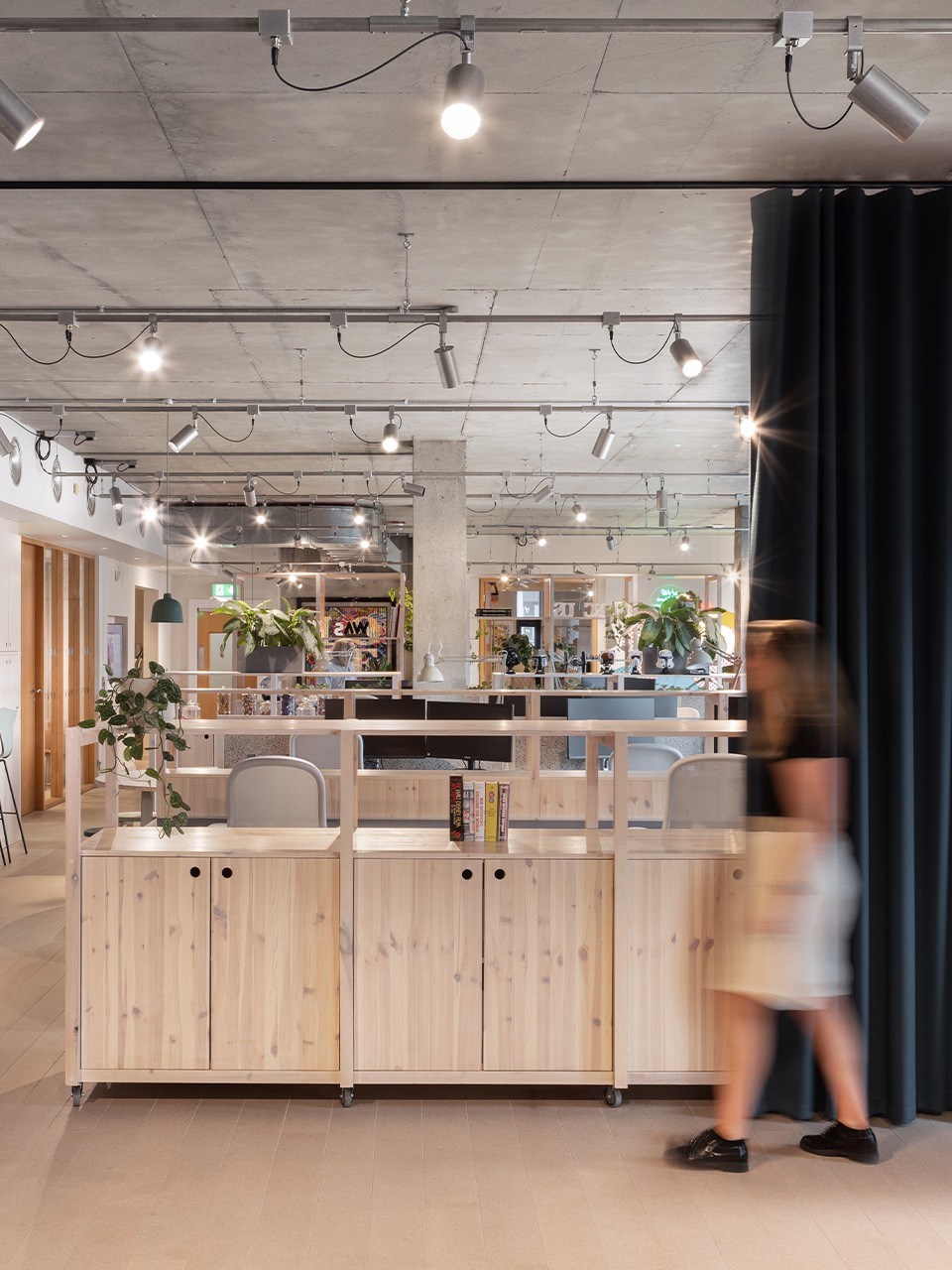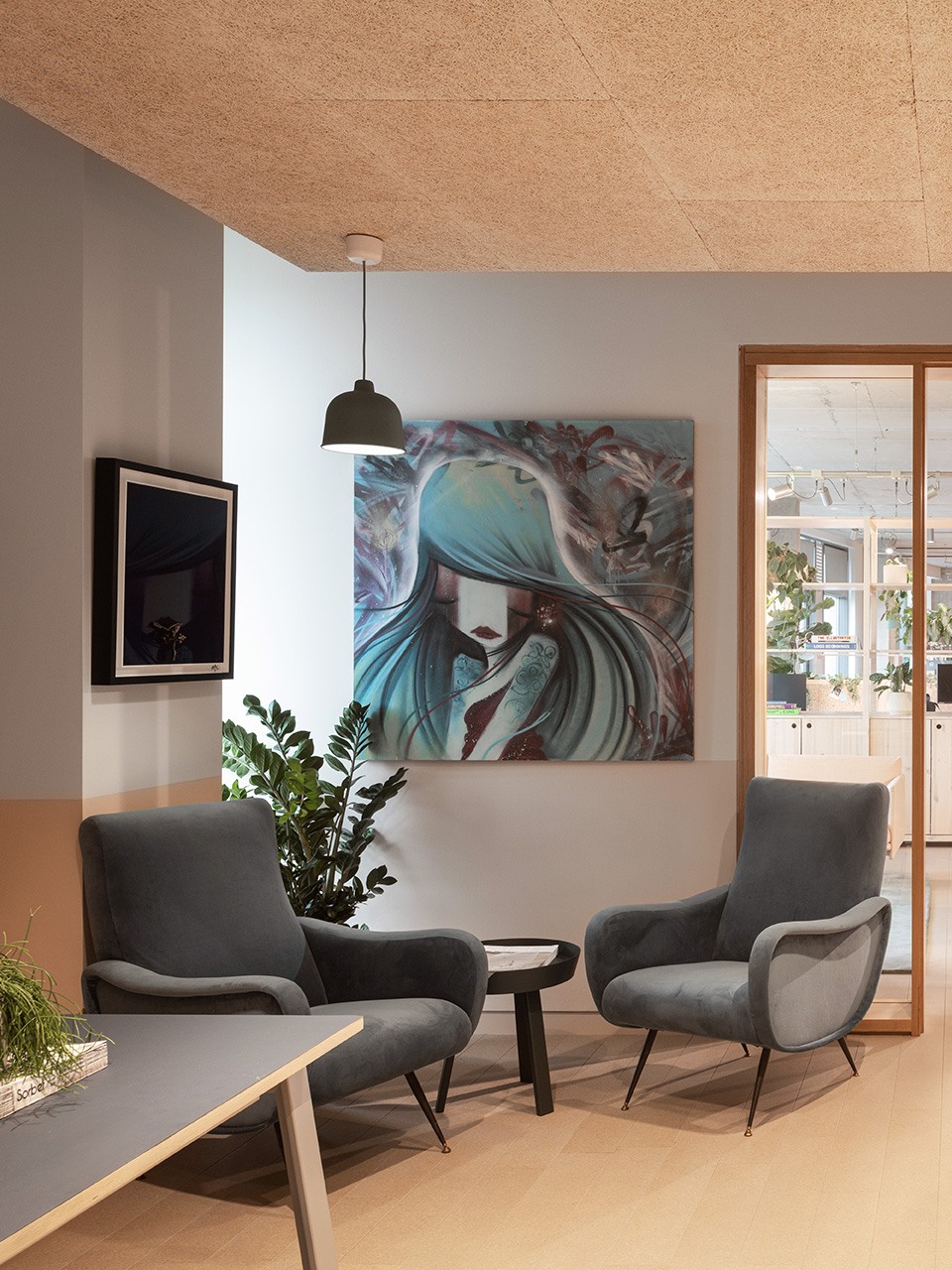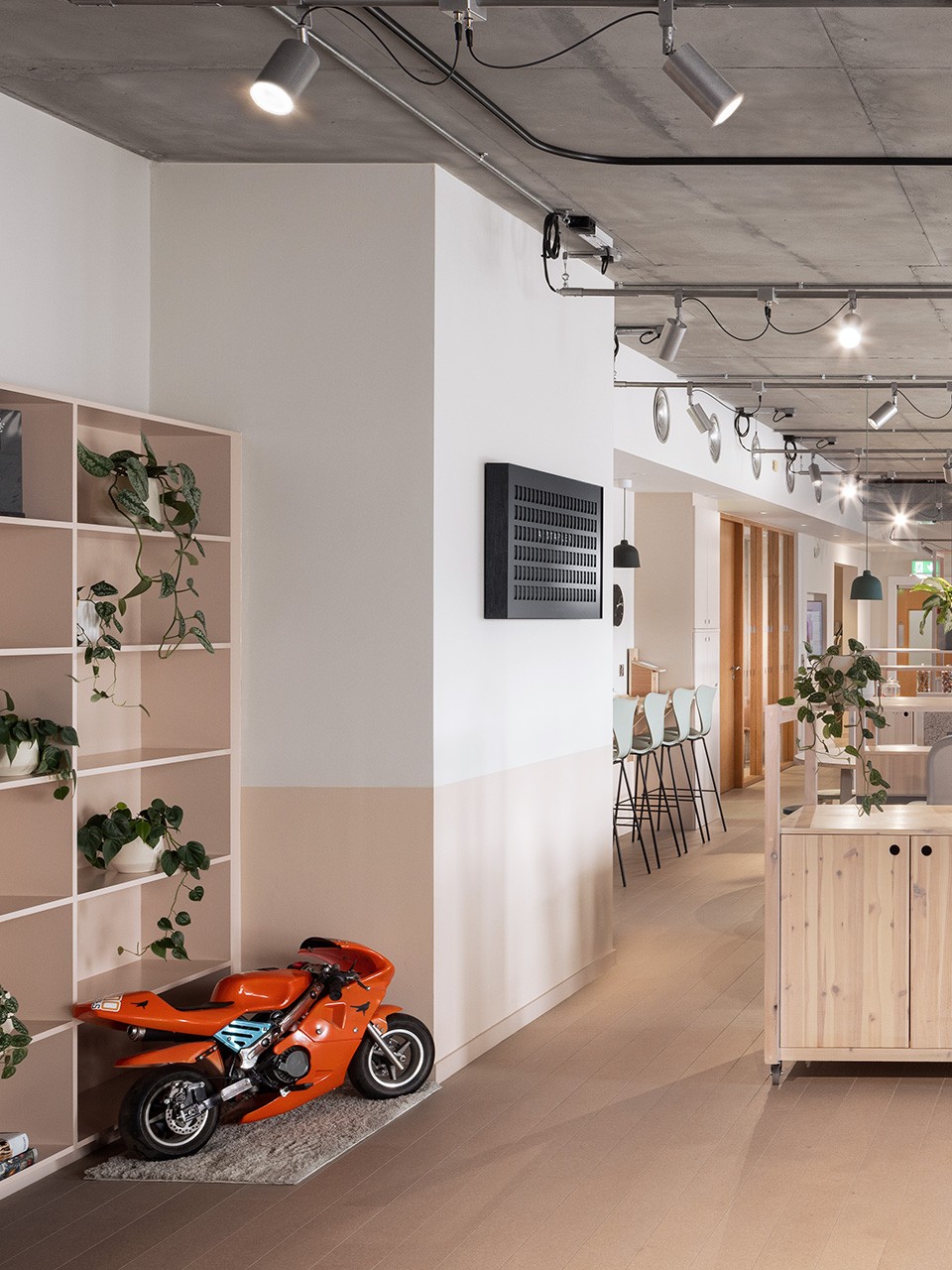Introduction
Keeping attendees safe should be at the core of what any event organiser is looking to do. A ‘Safety by Design’ approach aids in achieving that.
Ideally, event organisers should either have Crowd & Event Safety expertise in-house or they should have a partner like us. We do this day-in, day-out, all around the world.
Either way, adopting a ‘Safety by Design’ approach is advisable. We’ve been doing it for a long time now and it continues to benefit our clients and attendees.
Importance of prioritising safety in design
The health and safety by design approach offers a proactive and holistic method for integrating safety into every aspect of event planning and delivery. By embedding consideration for safety from the very outset, organisers can ultimately deliver more enjoyable events.
Early involvement like this allows us to embed testing into the planning process. With time on our side, testing is even more powerful than it otherwise might be. We can test theories and iterate and improve things.
It’s a key element of how we do what we do.
Let’s look at what ‘Safety by Design’ entails and how we implement it effectively.

What is ‘Safety by Design’?
‘Safety by Design’ is a technique that incorporates safety considerations into the initial stages of event planning (such as hazard analysis and risk assessments). Further, it then continues through to the execution and post-event processes.
This methodology emphasises anticipating potential hazards and integrating preventive measures. Clearly, this is preferable to merely responding to incidents as they occur.
The goal is to create a safer environment through thoughtful and informed design, planning, and operation.
We teach about this regularly and we speak about ‘designing out risk’ otherwise known as prevention through design. Unsurprisingly, this is at the core of the ‘Safety by Design’ approach.
Basically – involve your safety people early on and it saves on headaches and issues down the line.
Key Principles of designing with safety in mind
1. Proactive Risk Assessment
A thorough risk assessment is a foundational safe design principle. Done well, this approach will see the risk assessment being a truly ‘live document’ throughout the planning phase.
Doing this from the outset will generally allow for the elimination of some risks. Often these risks can’t be eliminated later on in the planning or delivery phases. By then, it’s more about isolating or managing the risk, which is usually not ideal.
As always, risk assessing involves:
- Identifying Hazards: Assessing all potential risks associated with the event, including environmental factors, crowd dynamics, and technical elements.
- Evaluating Risks: Analysing the likelihood and potential impact of each identified hazard.
- Implementing Controls: Establishing measures to mitigate identified risks, such as site design amendments, use of appropriate safety barriers, crowd management and control strategies, emergency response plans.
The ‘Safety by Design’ methodology is no different to any other approach to effective event planning in that it should be predicated on a risk assessment.
2. Integrated Safety Planning
Safety considerations should be integrated into every aspect of event planning.
That is to say, the safety people need a seat at the table and they should be used as sounding boards, approached for their input and experience in relation to all aspects of the event.
It is also important the the safety people interject when they feel they should and actively point our safety considerations they believe may be missed otherwise.
Safety people should ALWAYS add value and should not be seen as a pain or a drain. Incidentally, one of the most effective ways we’ve found to demonstrate value is to implement this ‘Safety by Design’ approach and be involved as early on in the project as possible.
Examples of considerations there will typically be a benefit to safety people weighing in on include:
- Venue Selection: Choosing a location that meets safety standards and is suitable for the event type and expected attendance.
- Layout Design: Designing the event layout to ensure safe movement of people, with clear signage, accessible emergency exits, and sufficient space to prevent overcrowding.
- Infrastructure and Facilities: Ensuring all temporary structures, such as stages and tents, are secure and comply with safety regulations.
The above is not exhaustive, of course.
3. Engaging Stakeholders
Effective Crowd and Event safety requires collaboration with all stakeholders.
Again, this is something we teach and speak about a lot on our courses. Indeed, we dedicate a full 4-hour session to Stakeholder Engagement on our Professional Diploma course.
Some of those key stakeholders will regularly include:
- Local Authorities or Authorities Having Jurisdiction (AHJs): Working with Police, fire departments, Civil Defense, Local Authorities medical services and more to align safety plans with local regulations and resources.
- Vendors and Contractors: Ensuring all third-party providers adhere to safety standards and are aware of their roles in maintaining a safe environment.
- Attendees: Communicating safety information to attendees, including emergency procedures and behavioural expectations.
A noticeable benefit of adopting a ‘Safety by Design’ approach is often early engagement with stakeholders, allowing for relationship development well in advance.
4. Emergency Preparedness
Preparedness for emergencies is a critical component of ‘Safety by Design’.
Having inputted into planning and site design etc. the Emergency Preparedness piece is usually more straightforward.
This tends to feature:
- Emergency Plans: Developing comprehensive emergency response plans covering various scenarios, such as medical emergencies, fire, and severe weather.
- Training and Drills: Training staff and volunteers on emergency procedures and conducting drills to ensure everyone is prepared to act swiftly and effectively.
- First Aid and Medical Services: Ensuring the availability of first aid stations and qualified medical personnel to handle any incidents promptly.
We work on some events where the Emergency Preparedness element is practised and drilled nightly. On the Wild Lights shows we do at Dublin Zoo, there are security team members present every night whose ONLY role is in the event of an emergency.
They receive specific briefings, deployment cards, keys etc. to allow them fulfil their role should it be required and we also test them a minimum of twice nightly, logging the results in the Event Log and addressing anything that might not have gone to plan.
On these shows in particular, the ‘Safety by Design’ approach has seen us make major impacts over many years through permanent infrastructure changes and additions in Dublin Zoo.
5. Continuous Monitoring and Adaptation
‘Safety by Design’ is an ongoing process that requires continuous monitoring and adaptation throughout the event project lifecycle.
It is simply a ‘way’ of approaching planning that ultimately benefits those attending events.
Elements from a monitoring and adaptation perspective can include:
- Real-Time Monitoring: Using surveillance systems and crowd management technologies to monitor the event in real-time and identify potential safety issues. This can be done in a multitude of ways.
- Feedback Loops: Collecting feedback from attendees, staff, and other stakeholders to identify areas for improvement.
- Post-Event Analysis: Reviewing the event’s safety performance to learn from experiences and enhance future safety planning.
The event is never over until the Post-Event phase has been completed and ‘Safety by Design’ should be considered here also.

Implementing ‘Safety by Design’ in Event Planning
Over the years, we’ve identified some key elements necessary to successfully implement a ‘Safety by Design’ approach to doing what we do with partners and clients.
They include:
1. Early Integration
Design safe events from concept by incorporating safety planning. This ensures that safety measures are built into the event’s DNA rather than being added as an afterthought.
There will always be stumbling blocks, challenges, issues the later you involve the safety people.
We know this.
2. Comprehensive Documentation
Maintain detailed documentation of all event safety plans, risk assessments, risk registers, crowd management plans, emergency procedures etc.
This not only aids in planning but also ensures compliance with regulatory requirements and facilitates smooth coordination among all parties and stakeholders involved.
We focus on this a lot during our Professional Diploma course as we know from experience and from engaging with colleagues and competitors that the single most powerful tool we have to demonstrate that we care and that we try to run our events safely is our documentation.
It is regularly on the strength and / or weakness of documentation that legal cases get dismissed or go to court or, more frequently, your insurance broker decides to pay out to make something go away.
Documentation is a very effective way of demonstrating the benefits of the ‘Safety by Design’ approach.
3. Utilise Technology
Leverage modern technology to enhance safety – where it makes sense to do so.
We don’t believe in technology for the sake of technology.
We DO believe in anything that helps us genuinely keep people safe, including technology.
This can include:
- Incident Management Software / Logging Software: To track what’s going on at the event and help facilitate efficient response. We have been working with the team at Halo for over 7 years now, utilising their incident management software in our event control rooms around the world. We KNOW it helps us keep people safe and that’s why we recently invested in the company. There are other software platforms that offer similar functionality and solutions too, which you should check out.
- Crowd Management Software: To monitor attendee movement and prevent overcrowding.
- Communication Tools: To ensure effective communication among staff and with attendees. These can take various forms, from Incident Management Software tools, through to bespoke event apps etc.
- Safety Apps: Providing attendees with real-time updates and safety information. Again, these can be incorporated into advanced apps on some of the world’s biggest festivals, or they can be off-the-shelf options that allow for 1-way or 2-way communications.
Be certain that any technology you look to implement is actually beneficial. There can be a rush to adopt all sorts of tech in our industry and that can be a fool’s errand.
4. Engage Experts
Consult with Crowd and Event Safety experts and professionals, like ourselves and those who do what we do, to ensure your plans are robust and comprehensive.
Our expertise can provide valuable insights and help identify potential risks that may not be immediately apparent.
Our Consultancy service regularly sees us advising on a wide variety of elements during the planning stages of events. Indeed, we are currently engaged on projects at Pre-Concept Stage, where we are in from Day 1 guiding on Fire Life Safety and Crowd and Events Safety considerations for mega Festival Grounds developments in the Middle East.
5. Foster a Safety Culture
Cultivate a culture of safety among all event participants. Encourage staff, volunteers, vendors, and attendees to prioritise safety and report any concerns promptly.
Personal responsibility is important. We, as Festival Management and the H&S team can do a lot, but we can’t babysit every person, all the time.
We need to help people understand the risks and help them keep themselves safe in as much as we can.
Reporting systems are important here. They should be easy to use and impactful.
With how we approach the Digital Operations side of what we do and how we do it, reporting is a core element both during build and break phases as well as during live show days.
Capturing incident and accident reports as well as near misses and, importantly, making it easy for people to report them, is a key element of us developing safety cultures on sites where people are working together for a (typically) short period of time.
Similarly, an ongoing testing regime is important too. It helps embed the importance of safety outside of during the event delivery itself.
Conclusion
The ‘Safety by Design’ approach is a proactive, comprehensive method for ensuring safety at events
By embedding safety into every phase of event planning and execution, organisers can create safe and secure environments that protect attendees, staff, and stakeholders. This not only enhances the overall experience but also fosters a reputation for reliability and professionalism.
As the events industry continues to evolve, embracing ‘Safety by Design’ will continue to be crucial in navigating the complexities of modern event management and ensuring the well-being of all participants.
This is particularly the case, given that we are constantly being challenged to figure out how to do the next spectacular, never-before-seen, thing at an event.
‘Safety by Design’ helps us meet our objective of enabling creativity.

Related Content
Click on the post links below to read more event-related thoughts from us.